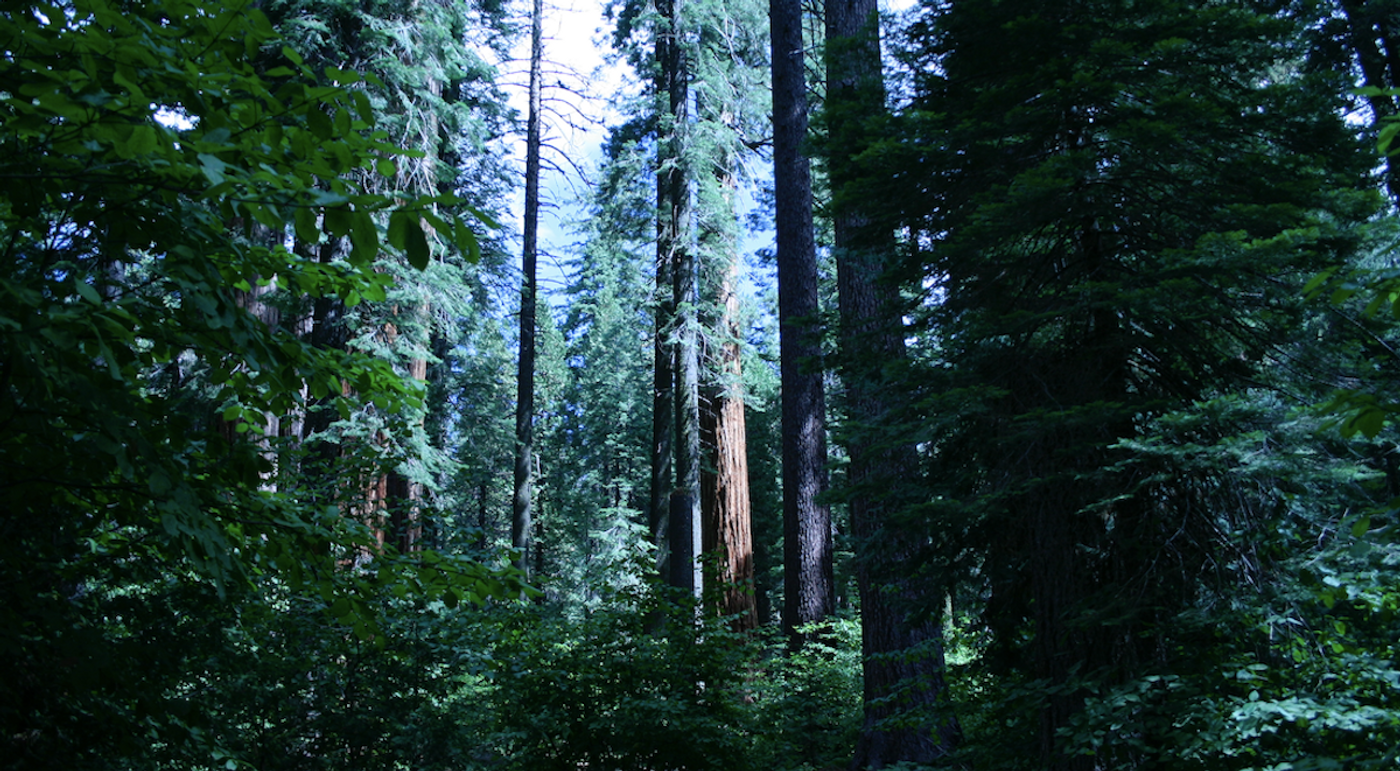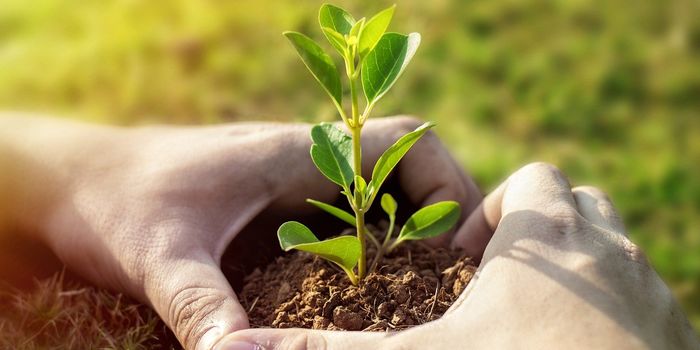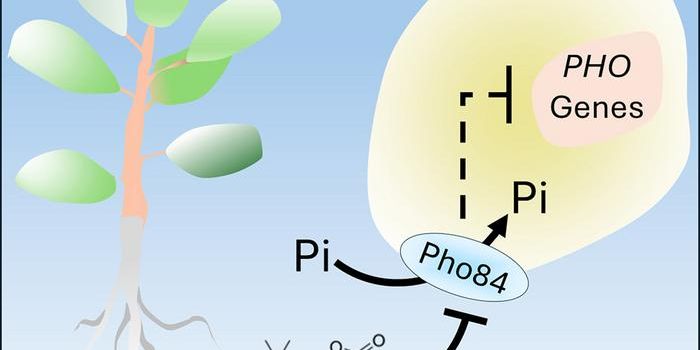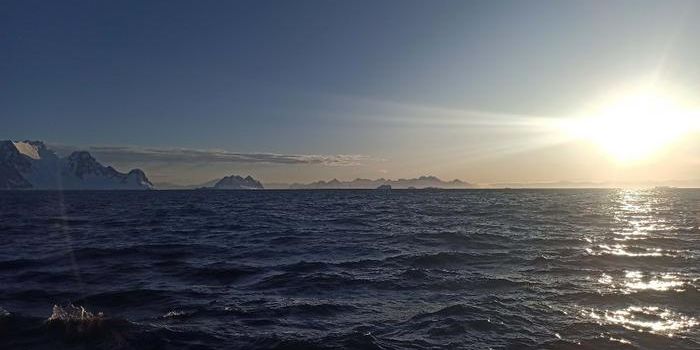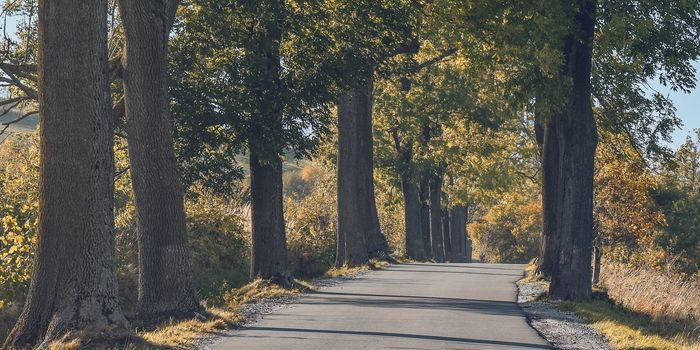Taking a Virtual Walk in a Forest Altered by Climate Change
For some people, things are easier to understand or relate to, or the magnitude of a problem can be appreciated when they can visualize them. Researchers want to help people learn more about what might happen to forests as our climate changes, and they created a virtual-reality simulation to do so. The work has been reported in the International Journal of Geographical Information Science.
"The main problem that needs to be addressed is that climate change is abstract," said senior study author Alexander Klippel, a professor of geography at Penn State. "Its meaning only unfolds in ten, fifteen, or one hundred years. It is very hard for people to understand and plan and make decisions."
The virtual reality system that was made used climate change, vegetation, and ecology models to generate a forest that is similar to what might be found in Wisconsin in 2050. People can walk through it to look at the kinds of trees there are in the forest and what could happen to them in a changing climate.
"As part of an NSF-funded CNH program grant with Erica Smithwick (the E. Willard and Ruby S. Miller Professor of Geography at Penn State) we are working with the Menominee Indian Tribe of Wisconsin," said Klippel, who also is director of Penn State's Center for Immersive Experience. "Inspired by the Menominee's deeper connection to the environment we believe that experiencing the future is essential for all environmental decision making."
The team created an ecological model and gave it a natural feel.
"Orientation and small details of the trees are also randomized in the approach so that the trees don't look exactly the same," explained the corresponding study author Jiawei Huang, a Penn State geography graduate candidate. The model is good enough to handle events like fire, floods, wind, and importantly, climate change, noted the researchers.
Virtual reality can transport the user to either a base scenario or a hot and dry prediction. The types and abundance of trees change between the models. The scientists want to create a "visceral experience" to help people including policymakers and experts have a dialogue about climate change. People may be able to have more effective conversations about choices and actions related to climate change if they experience a virtual model of what could happen.
Sources: AAAS/Eurekalert! via Penn State, International Journal of Geographical Information Science
